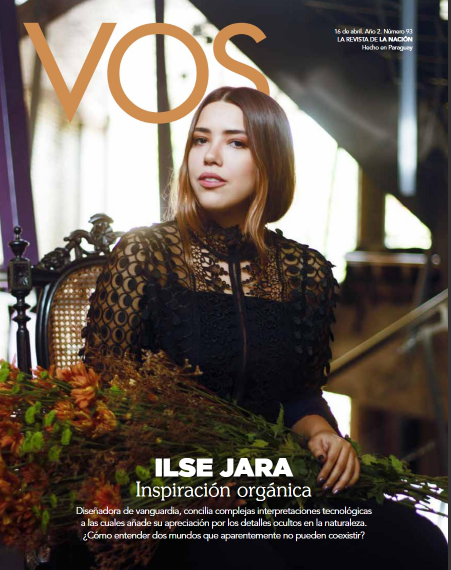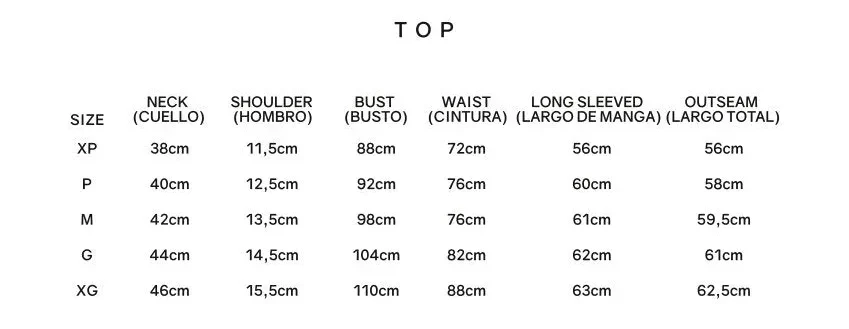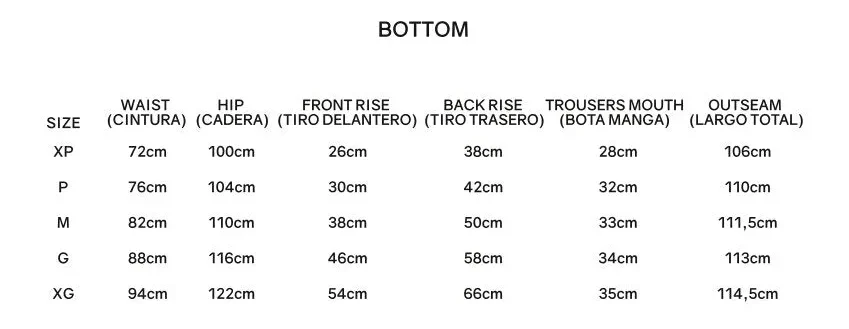

Production: Juan Ángel Monzón
In the year 1202, Leonardo de Pisa – better known as Fibonacci -, an old merchant from Venice, included in his book Liber Abaci several problems and algebraic methods which he would baptize as “Fibonacci’s succession” or the golden spiral. Its origin comes from nature where Leonardo manages to apply a succession of exact numbers in different elements such as plant nuclei, flowers or even natural phenomena, demonstrating the mathematical accuracy of his thesis.
Eight centuries later in a residence covered with threads, needles and textile elements, Ilse Jara manages to conceive in an integral way a passion that, like Fibonacci, only manages to give exact satisfactions but from a different platform: fashion.
“I think my passion for fashion started when I was 10 years old. At school I was exploring my creativity especially in my art classes. I was fascinated to meet with paper and spread my ideas. Drawing female typologies and imagining how to dress them used to be one of my favorite activities,” Ilse recalls.
Today, she is part of the select group of fashion professionals who have managed to position the concept of local design within the global scenario; in her case, by rummaging through the trunk of complex technological interpretations to which she adds her appreciation for the details hidden in nature. How to understand two worlds that apparently cannot coexist?
He studied design at the American University in Asuncion; later, he migrated to Italy to continue his academic training at the prestigious Marangoni Institute in Milan in the area of design. Automatically, his professors realized that his vision was above the level for which he initially signed up, so he ended up pursuing a master’s degree in Fashion Product & Production Management.
In 2014 she made her first international breakthrough by participating in theFashion Showcase in London, as part of the London Fashion Week. Accompanied by the designers Astrid Poletti, Lucía Ferrés and Iciar Bravo, they made the exhibition The Ñanduti Myth: Beyond the Layers.

Understanding the universe that surrounds this woman is as complex as the very essence that comes from her garments. Her dresses transmit a visual complexity that forces us to consult what is hidden behind the mixture of her textures, her innovative silhouettes and the use of new materials applied to different processing techniques.
The answer can be summed up in one word: The future. “The vision of my brand is characterized by evolution. I seek to reinvent all the time my perceptions around the construction of my garments but maintaining the identity of the Ilse Jara brand in each season,” she responds.
Conventionalism is not part of Ilse’s inspirational closet. Her collection De Profundis opens the first gap towards sustainable themes but more directly related to the positive nature of technology. Fibonacci and Celloscope, her later collections, delve into the minute details that we do not directly appreciate within nature.
“Fashion is a whole”, says the designer with confidence. To understand the world offashion, one must embrace certain concerns and realize that the best mirror to reflect on one’s own existence is communication in clothing.
And it is here that the dress becomes an identity that focuses on the body. Covering it with certain patterns, colors or textures is a symbolic identity, a creative extension between designer and consumer that is meant to establish social recognition.
Ilse is aware of these details: “My dresses are a reflection of me, the vision of an independent, revolutionary and innovative woman, who enjoys authenticity in different spaces and does not get carried away easily”.
On that cusp of artistic enlightenment there are also sources that the designer looks to in order to find her own individuality. “As for designers, whom I call fashion architects, I am inspired by Josep Font; I love the construction of his pieces and his quite pure colors. Also, Sthepane Rolland for his lines and, in terms of absolute inspiration, definitely the drama of Alexander McQueen.”
How does she sustain a brand as big as Ilse Jara? She smiles and gives a very sincere answer: “I have a team of people who help me on a daily basis. Andres Baez works with me in the creative process and development of the collection. Chrys Knapps helps me in the strategic marketing department of the brand, Marian Silva is in charge of the production area of the workshop, Miguel Amarilla is in charge of logistics and, of course, a group of seamstresses”, a fundamental part of the work process.
Last year the designer presented her spectacular Cymatica collection on the catwalks of Arab Fashion Week . How did she manage to bring her vision to the East? She explains: “I applied online when I heard that they were going to allow an international designer to enter. I sent in my sketches as well as photographs of my work and, a month later, I received confirmation from the organization that I had the accreditation to present my collection”.
This year, she is back on the same catwalk under a new concept. “Currently, we are working on the technical part of what will be our new presentation in Arab lands in May, appreciating new typologies and textile elements,” he says.
Ilse reflects on the weighty trajectory she has managed to consolidate in her twenties. Among the many projects she is developing, with the same creativity and attention to detail that she dedicates to her garments, is the consolidation of her atelier as a fashion and experimentation laboratory. What is the central cause behind this purpose? She is clear about it: “There is a principle behind everything I do, beyond the dresses, I want to find a solution to the saturated world of fashion with transformative proposals”.

https://www.lanacion.com.py/uncategorized/2017/04/17/ilse-jara-diseno-organico




